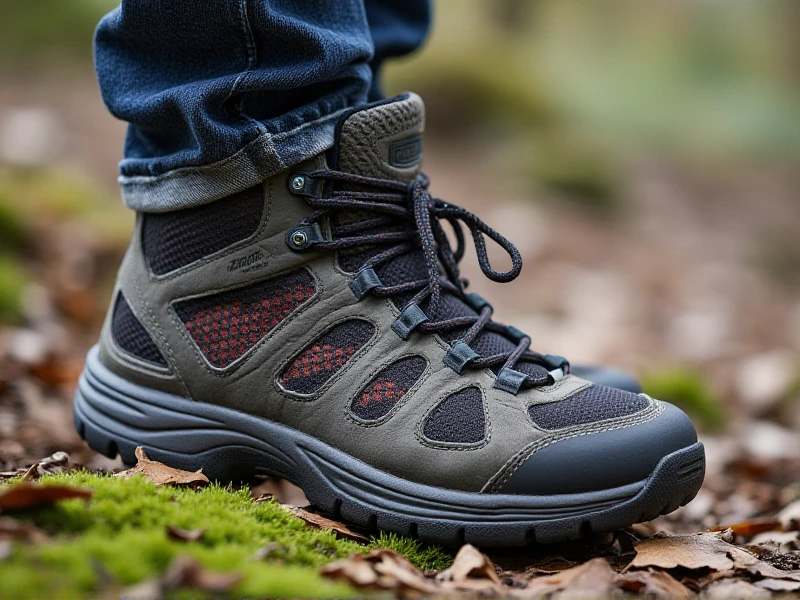Men's Hiking Shoes: Your Essential Guide to Finding the Perfect Fit for the Trail

Selecting the right men's hiking shoes isn't just about style; it's critical for comfort, safety, and performance on diverse terrain. With countless options available, understanding key features ensures you conquer the path, not suffer through it.
Footwear protection starts with the right fit. Prioritize trying hiking shoes on in the late afternoon when feet are slightly swollen. Wear the socks you plan to hike in. Ensure a snug heel fit with zero slipping, ample toe room (about a thumbnail's width), and no uncomfortable pressure points across the width. Remember, brands fit differently, so size isn't universal.
Understand the type of hiking you do most: lightweight day hikes demand different men's hiking shoes than multi-day backpacking. For well-maintained trails, trail runners or lightweight hiking shoes offer agility and breathability. Rugged, uneven paths demand mid-cut hiking boots, providing crucial ankle support and stability. Heavy loads or off-trail travel call for sturdy backpacking boots with maximum support, durability, and aggressive outsoles.
Traction is non-negotiable. Examine the outsole's lugs (the rubber treads). Deep, multi-directional lugs provide superior grip on loose dirt, mud, and rock. Look for brands renowned for durable rubber compounds offering reliable grip, wet or dry.
Weatherproofing depends on your climate. For consistent wet conditions, waterproof men's hiking shoes with membranes like Gore-Tex offer reliable dryness but sacrifice some breathability. In dry, hot climates or for fast-paced hikes, highly permeable breathable shoes prevent overheating and sweaty feet. Evaluate your typical trek conditions.
Support and cushioning vary significantly. If you're prone to rolling ankles or carry heavy loads, prioritize models with robust midsole support and secure ankle cuffs. Long-distance hikers might appreciate plush cushioning. Understand your foot mechanics – neutral, overpronators or those needing arch support can find solutions.
Durability hinges on materials. Premium leather offers toughness and molds to your foot over time, but requires more care. Synthetics (nylon, mesh) are generally lighter and dry faster. Look for reinforced toe bumpers and heel counters for longevity.
Finally, don't forget comfort from day one. While some men's hiking shoes require significant break-in, modern designs often prioritize immediate step-in comfort. Walk extensively on varied surfaces when testing. Your perfect pair protects your feet, enhances your hike, and lets you focus solely on the trail ahead. Invest wisely – your feet will thank you for miles to come. Visit us to explore our curated selection designed for every foot and journey.